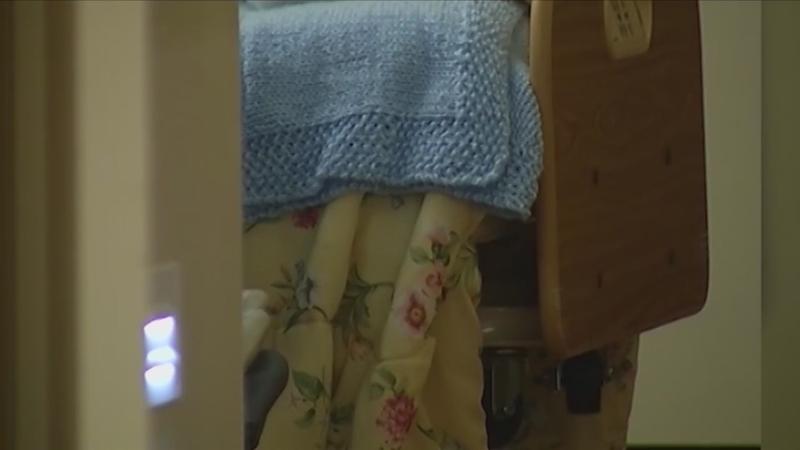Assemblyman Jensen: Bump in Medicaid needed to help staffing crisis
[anvplayer video=”5078245″ station=”998131″]
ROCHESTER, N.Y. (WHEC) — What are the long-term solutions to fix the health care crisis crippling our community? News10NBC has investigated a number of short-term attempts, the delay on non-essential surgeries, the closure of certain medical offices and the deployment of the National Guard but, none of them are fixing a staffing shortage that only appears to be getting worse.
Nearly two weeks ago, New York State sent 26 members of the National Guard to the Monroe Community Hospital to help relieve some stress on our local health care system. When asked about their impact, News10NBC has been told by medical leaders it’s been like trying to bail out a sinking cruise ship with a single bucket.
“Opening up any amount of hospital beds is important but certainly we can’t rely on National Guard soldiers as a long-term permanent solution,” said NYS Assemblyman Josh Jensen (R, 134).
Jensen says 70% of nursing home income in New York comes from Medicaid so that’s where the state needs to start.
“In 2020 in the midst of a global pandemic, New York State had a 1.5% across-the-board cut on Medicaid funding including for long-term care for nursing homes,” Jensen said.

[News10NBC]
Jensen, who worked in a nursing home himself before becoming a member of the Assembly, is calling for was cut from Medicaid to at least be restored. He also thinks the state should consider holding off implementation of a “Safe Staffing” law set to go into effect in January.
Under the law, hospitals and nursing homes in New York state will have to follow new staffing mandates. Hospitals will be required to form staffing committees that include nurses and direct care staff when setting annual staffing standards. Nursing homes will be required to meet a minimum daily average of 3 ½ hours of nursing care per resident. The NYS Department of Health can levy penalties against facilities that fail to meet the standards.
But, if a nursing home, for example, is in an area considered by the state to have a shortage of health care workers, they won’t be fined for not meeting the requirements and most of upstate New York would be included in that exemption.
“This artificial number that they put in place…. and what constitutes a safe level of care isn’t the actual care being provided to somebody who’s in long-term care, it’s just saying that you’re going to have this many employees of this license-type in your building for this amount of time it doesn’t actually guarantee that that care is going to be provided,” Jensen explained.
Gov. Kathy Hochul was asked on Thursday about staffing shortages at health care facilities and what more the state is prepared to do about it.
“I was in a hospital and saw what these people are going through and God bless them for what they do every day but yes, they need to be paid more, yes, we need to have more training programs,” she said.
The Governor stopped short of providing any specific promises or solutions but said they are coming.
“I treat this very seriously, this is going to be one of the highest priorities in my state of the state to address that,” she added.
The Deputy Director of Communications for the New York State Department of Health sent the following statement:
“As part of New York State’s nursing home reform act, $128 million was appropriated in the FY22 Budget to support staffing costs in nursing homes. Also beginning on January 1, 2022, every residential health care facility must spend a minimum of seventy percent of revenue on direct resident care and forty percent of revenue shall be spent on resident-facing staffing. Every nursing home must also maintain daily average staffing hours equal to 3.5 hours of care per resident per day by a certified nurse aide, a licensed nurse or a nurse aid, with no less than 2.2 hours of care per resident per day provided by a certified nurse aide or a nurse aide, and no less than 1.1 hours of care per resident per day provided by a licensed nurse. We have been working with nursing homes across the state to identify where these National Guard medical teams will have the most impact on regional health systems.”